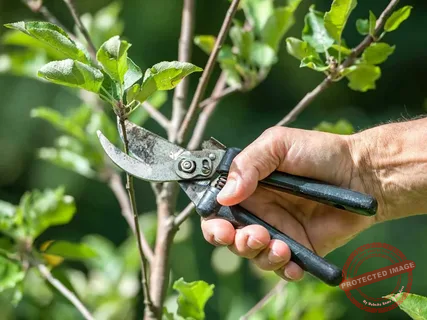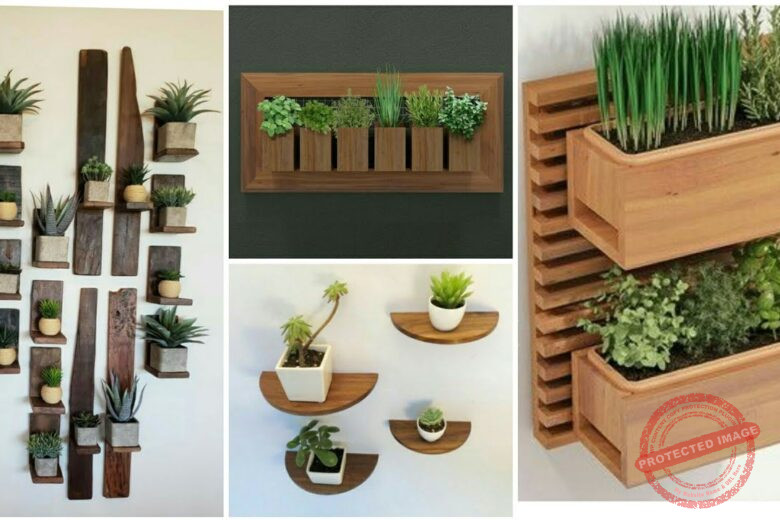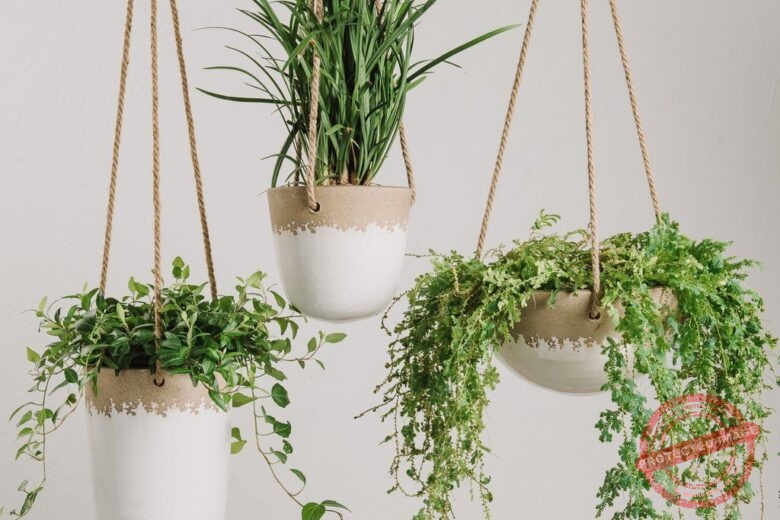Standing before an old wooden barn with peeling paint and a roof worn by years of rain and sun, you can almost feel its spirit. A barn isn’t just a structure—it’s the heartbeat of a farm. Within its walls lie tools that built livelihoods, the warmth of animals that fed families, and stories passed down through generations. Whether it shelters cattle, stores hay, or anchors a modern homestead, a barn speaks volumes about its keeper. It’s more than a roof and four walls—it’s where hard work and personality meet in one living, breathing space.
I still remember the first barn I ever helped repair. It wasn’t fancy—just an old gable-style structure with rusted tin sheets and a sagging door—but it had character. The way it creaked in the wind told me it had seen more seasons than I could count. That’s when I realized something: barns aren’t all about size or shine. They’re about purpose, and the right design can make your daily chores easier while keeping everything safe and organized.
Whether you’re looking to build new, restore old, or simply learn what’s out there, understanding the different types of barns and barn roof styles can help you choose what fits your farm best. From rustic timber frames to sleek metal-sided setups, each has its strengths, charm, and story. Let’s walk through ten of the best types of barns and styles—from the time-tested classics to the modern marvels changing how we build today.
10 Best Types of Barns & Barn Styles: From Rustic to Modern
1. The Classic Gable Barn
When most people picture a barn, this is what comes to mind: a simple triangular roof, solid wooden sides, and big swinging doors. The gable barn is timeless, practical, and affordable to build. It’s perfect for small farms or hobby setups where you need basic storage for feed, tools, or a few animals.
Its steep roof allows rain and snow to slide off easily, which makes it a great option in regions with heavy weather. I’ve seen some gable barns last over fifty years with just regular upkeep and a few roof repairs. If you’re new to farming, this style is a safe bet.
2. The Gambrel Barn (Also Known as the “Dutch” Barn)
You know those barns with the rounded double slopes on each side? That’s the gambrel design—a favorite across North America. This style gives you a spacious loft for hay storage while keeping the ground level clear for livestock or equipment.
Gambrel barns are not just functional; they’ve got that classic “storybook farm” look that many people dream of. When paired with the right barn roof styles, especially metal roofing, they’re durable and easy to maintain. If you’re into the rustic aesthetic but still want practicality, this one checks both boxes.
3. The Monitor Barn
The monitor barn, also called a raised center barn, features a tall central section with lean-tos on either side. The raised portion allows for excellent ventilation and natural light—something every farmer appreciates when cleaning stalls or checking animals.
This type is especially popular for horse owners because the airflow keeps stables dry and cool. If you’re raising animals that need good air circulation, the monitor barn might be your best choice. It’s one of those designs that balances elegance with function beautifully.
4. The Bank Barn
Now, here’s a style built smart for hilly land. The bank barn is constructed into a slope or hill, letting you access different levels directly from the ground. You can load hay upstairs and keep livestock below without needing extra stairs or ramps.
I once helped a friend rebuild his old bank barn in the Appalachian foothills. Watching how effortlessly he moved bales from the upper level straight into the feeding area below made me appreciate this design even more. It’s practical, durable, and makes great use of uneven terrain.
5. The Pole Barn
If you want something affordable and quick to build, a pole barn is hard to beat. Instead of traditional foundations, it uses poles set deep into the ground for support. This keeps costs down and setup time short.
Pole barns have become popular for everything from equipment storage to workshops and livestock housing. They’re also flexible—you can start small and expand later. A metal roof works great with this design, offering strength and low maintenance.
6. The Round Barn
Round barns are rare today, but they’re an engineering marvel. Built in a circular shape, they allow farmers to feed animals efficiently from a central point. They also stand strong against wind, making them surprisingly durable.
A neighbor of mine restored a 100-year-old round barn, turning it into a dairy operation again. Walking inside feels like stepping back in time—the acoustics, the symmetry, the craftsmanship. It’s a design that reminds us farming can be both art and science.
7. The Shedrow Barn
If you’re raising horses, you’ve probably seen or used a shedrow barn. It’s a long, narrow structure where stalls line up side by side with doors that open directly outdoors. It’s great for warm climates since it offers maximum ventilation and easy access.
I’ve worked in one during summer, and the airflow made all the difference for both people and animals. Just make sure you position it with the prevailing winds to take advantage of the natural breeze.
8. The Raised Center Aisle Barn
Similar to the monitor barn, the raised center aisle barn features a high middle section that allows extra light and space. The difference is that it’s designed more for ease of movement—perfect if you’re handling animals frequently or storing large equipment.
Its design makes chores simpler. You can lead animals through the aisle without tight corners or dark spots. For large operations, this style keeps things efficient and safe.
9. The Timber Frame Barn
There’s something special about timber frame barns. Built with thick wooden beams and hand-cut joints, they bring craftsmanship and strength together. Many old barns still standing today are timber-framed—and with good reason.
These barns can handle heavy loads, look beautiful, and have that rustic charm everyone loves. If you ever walk into one on a quiet morning, you can feel the history in the wood. For anyone looking to blend tradition with longevity, timber frame barns are hard to top.
10. The Modern Metal Barn
Now let’s talk about the modern side of farming. Metal barns are becoming the go-to choice for many new farmers. They’re resistant to fire, pests, and rot. Plus, they’re easier to clean and maintain than wood.
Whether you’re setting up a machinery shed or a full-blown livestock barn, metal buildings offer flexibility. You can customize your barn roof styles, insulation, and layout exactly how you want them. And unlike older designs, they often come with energy-efficient features that cut down costs over time.
How to Choose the Right Barn for Your Farm
Picking the right barn depends on what you’re using it for. Start by asking yourself: what’s my main purpose? If it’s storage, go simple. If it’s for livestock, focus on airflow and access. If you’re after something beautiful that adds character to your property, consider timber or gambrel styles.
Budget and climate play big roles too. In snowy areas, steep barn roofs styles like gable or gambrel help shed snow easily. In hot, humid climates, designs with open sides or high ventilation—like monitor or shedrow barns—keep animals comfortable.
A Real-Life Scenario: From Dream to Barn
When I built my first real barn, I spent months looking at designs. I wanted something practical but also something that would make me proud every time I pulled into the driveway. I finally settled on a monitor barn with metal roofing and open sides for airflow.
It wasn’t cheap, and I made a few mistakes along the way—like underestimating how much space I’d need for storage—but it’s been standing strong for over a decade now. Every time I walk through those doors, I’m reminded that a good barn isn’t just built; it’s earned through hard work and care.
How-To: Keeping Your Barn in Good Shape
No matter the style, barns need regular maintenance. Here’s what I’ve learned over the years:
-
Inspect your roof twice a year. Whether you’ve got tin, metal, or shingles, check for leaks before they become disasters.
-
Clean regularly. Dust, cobwebs, and manure can damage wood and metal alike if left unchecked.
-
Watch for pests. Birds, rodents, and termites love barns. Keep feed sealed and gaps patched.
-
Repaint or reseal wood. Every few years, fresh paint or sealant helps your barn last longer and look better.
A few hours of maintenance here and there will save you from costly repairs later on.
FAQs About Barn Styles
1. What’s the most affordable barn style to build?
Pole barns are generally the cheapest and fastest to build, especially for small farms or storage use.
2. Which barn roof styles are best for heavy snow?
Gable and gambrel roofs are ideal because their steep slopes let snow slide off easily.
3. What’s the difference between a monitor and raised center aisle barn?
Both have a raised center, but monitor barns emphasize light and ventilation, while raised aisle barns focus more on movement and space.
4. Can I convert an old wooden barn into a modern metal one?
Yes, but it takes careful planning. You can reinforce old framing and install metal siding and roofing for better durability.
5. What’s the best barn for horses?
Shedrow and monitor barns are great choices—they’re open, airy, and easy to clean.
A Final Thought from One Farmer to Another
Choosing a barn isn’t just about blueprints or materials—it’s about finding a structure that fits your land, your animals, and your way of life. Each barn style has its story, and whichever you choose will soon hold your own.
So take your time, walk your property, and picture what will stand proudly against the seasons for years to come. Because at the end of the day, a barn isn’t just built—it’s grown, piece by piece, from the heart of the farm itself.
Which barn style do you see yourself building next?



